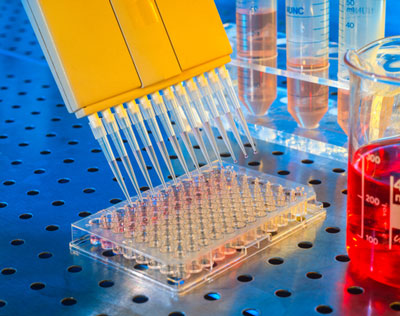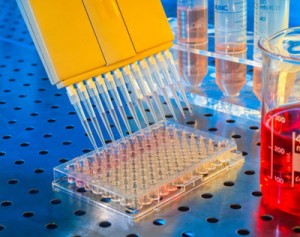Muscular Dystrophy treatment pipeline offers hope for improved life expectancy, says GBI Research
Posted: 12 May 2015 |
GBI Research reports on the highly diverse and innovative pipeline for Duchenne Muscular Dystrophy and Becker Muscular Dystrophy treatment…


The highly diverse and innovative pipeline for Duchenne Muscular Dystrophy (DMD) and Becker Muscular Dystrophy (BMD) treatment has the potential to produce therapies that will help repair the mutated gene, halt muscle degeneration, and improve patients’ life expectancy, says business intelligence provider GBI Research.


The company’s latest report, Frontier Pharma: Duchenne Muscular Dystrophy and Becker Muscular Dystrophy – Identifying and Commercializing First-in-Class Innovation, states that 70% of all pipeline programmes with disclosed molecular targets are first-in-class. This exceptional level of innovation is largely due to the high number of first-in-class products that solely target the dystrophin gene, which is the primary genetic cause of DMD and BMD.
Current Duchenne Muscular Dystrophy and Becker Muscular Dystrophy treatment space is extremely sparse
According to Angel Wong, Senior Analyst for GBI Research, the pipeline offers hope of improved treatment options for a condition that has no cure available at present, as the current DMD and BMD treatment space is extremely sparse and largely symptomatic, with limited long-term benefits.
Wong explains, “Over the last few decades, the market landscape has relied on the use of glucocorticoids, which offer symptomatic benefits in increasing muscle strength and a delay in the loss of ambulation in DMD / BMD patients, without altering the genetic cause and dystrophic pathology.
“Translarna (ataluren), despite being the first approved therapy for treating the underlying genetic cause in the EU, is only applicable in 10–15% of all DMD cases, leaving other patient segments with high unmet needs.”
Duchenne Muscular Dystrophy and Becker Muscular Dystrophy pipeline consists of 84 molecules across all stages of development
However, the DMD and BMD pipeline consists of 84 molecules across all stages of development. GBI Research’s analysis has identified 46 first-in-class programmes in active development, acting on 13 first-in-class targets.
Wong continues: “Overall, the DMD / BMD pipeline is very diverse in terms of molecular targets. Apart from the technologies that directly target the dystrophin gene, the pipeline also contains novel targets that alleviate the dystrophic pathology regardless of gene mutations. These targets include some dystrophin-associated proteins, which have the potential to functionally compensate for its loss and are therefore intended to treat the whole patient population.
“The diversity of molecular targets across the developmental pipeline presents a dramatic contrast to the current DMD therapeutics market landscape, and is expected to transform the market by fragmenting the current treatment algorithm,” the analyst concludes.



